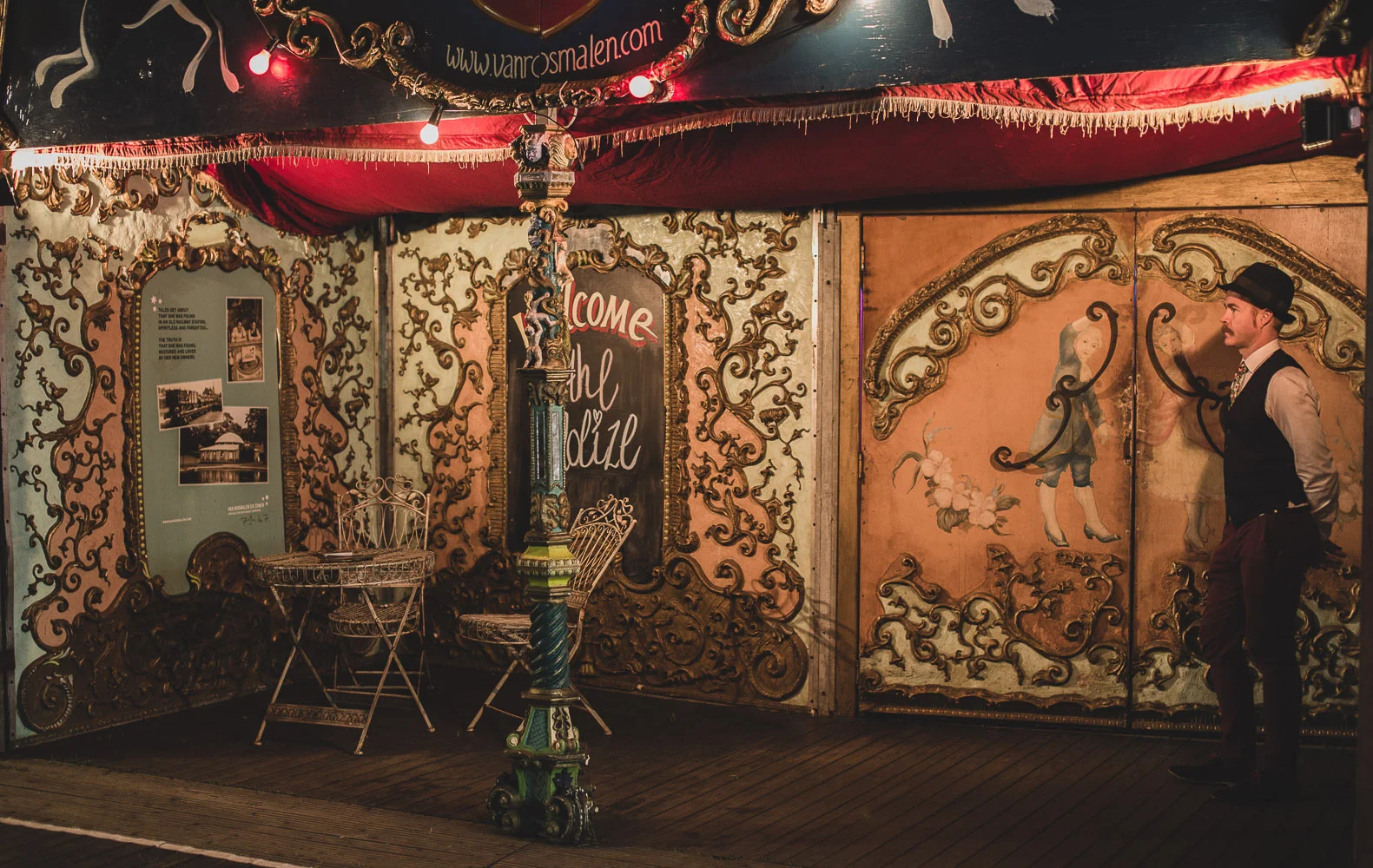“Boof” from out the back of Bourke in New South Wales is probably not aware of these precise numbers, however this indigenous sheep shearer of some 40 years is probably doing more to reverse these numbers than most.
Not one to mince words Boof believes in the power of truth, hard work and giving the kids a go. For the past 3 years Boof has been putting indigenous young men and women through their paces running a shearing school at Merriman in the interior of New South Wales, some 400 km from the nearest town.
“The first thing that you gotta teach these kids is how to get out bed and go to work. When the kids first get here – they don’t look at ya and by the time they leave here they’ve learnt to stand up and say that I’m here to work and I’m proud of what I am – and when they have done that, I know that I have won those kids for the rest of their lives”.
[i] Increasing Indigenous employment rates, Issues paper no. 3 produced for the Closing the Gap Clearinghouse - Matthew Gray, Boyd Hunter and Shaun Lohoar, March 2012 http://www.aihw.gov.au/uploadedFiles/ClosingTheGap/Content/Publications/2012/ctg-ip03.pdf







